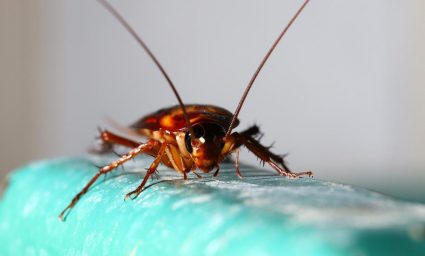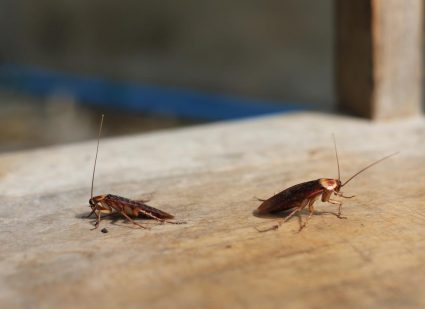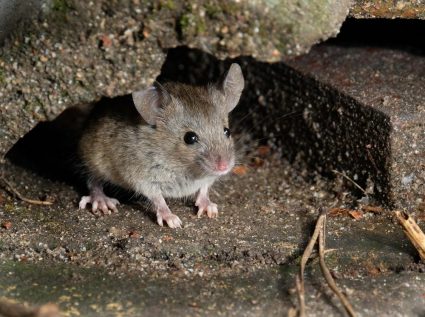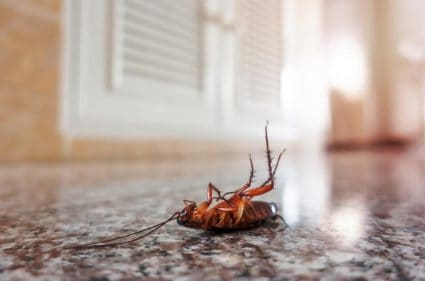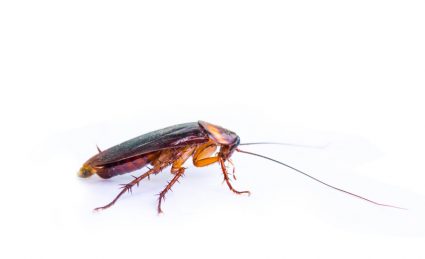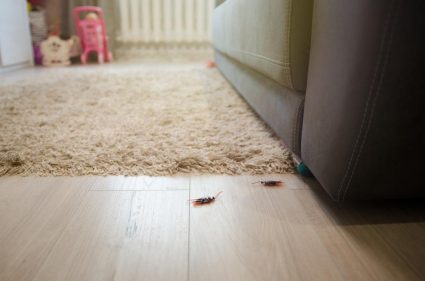
Sighting mice in your house is a clear danger sign and indicator of a bigger problem. It could mean that a rat colony has taken residence in your home, as rodents tend to move in groups.
While there are many effective DIY mice-repelling strategies, the safest and surest way to eliminate these rodents from your home is to invite an exterminator to handle the problem. But how do you prepare your house for an exterminator’s visit? We discussed that in detail in this guide.
Effective extermination requires the joint effort of the house owner and pest control experts. While the experts deal with the mice, the homeowner readies the house for extermination. Here are some preparatory steps you should take before the professional mice exterminator arrives:
- General house cleaning.
- Decluttering and the removal of unnecessary items like empty cartons and tin containers.
- Repair of all mice entry points like openings and broken pipes.
- Packaging and proper storage of food items.
- Clear out the kitchen.
These are the first five vital steps you should take. We discussed five more in the guide, where you can learn what to do in each step.
In the following headings, we will walk you through a step-by-step guide of what you should do in preparation for mice extermination. Afterward, we will discuss vital steps you should take after the extermination to protect yourself and other residents of your house. Finally, we will answer a few frequently asked questions about the mice extermination procedures.
11 Ways To Prepare for Mice Extermination
Seeing mice roaming around your house is often a clear sign of a bigger problem. It could mean that the rats in your home have overgrown their hiding spots. When this happens, these rodents have no option but to run in the open to look for a new place.
In this case, calling an exterminator may be the best way to regain control of your house from these pesky rodents. These experts analyze the situation and recommend permanent solutions to manage the problem.
Below is a step-by-step guide of things you should do to prepare for a professional mice extermination:
1. Clean Your House

The first thing you can do before exterminators darken your doorstep is to clean your house thoroughly. Take out the trash, scrub the floors and take a vacuum cleaner to the carpets.
This makes it easier for exterminators to navigate your house and pinpoint the exact cause of the issue. A messy home may suggest that the mice are drawn to the garbage and may have entered your house in another way.
2. Declutter
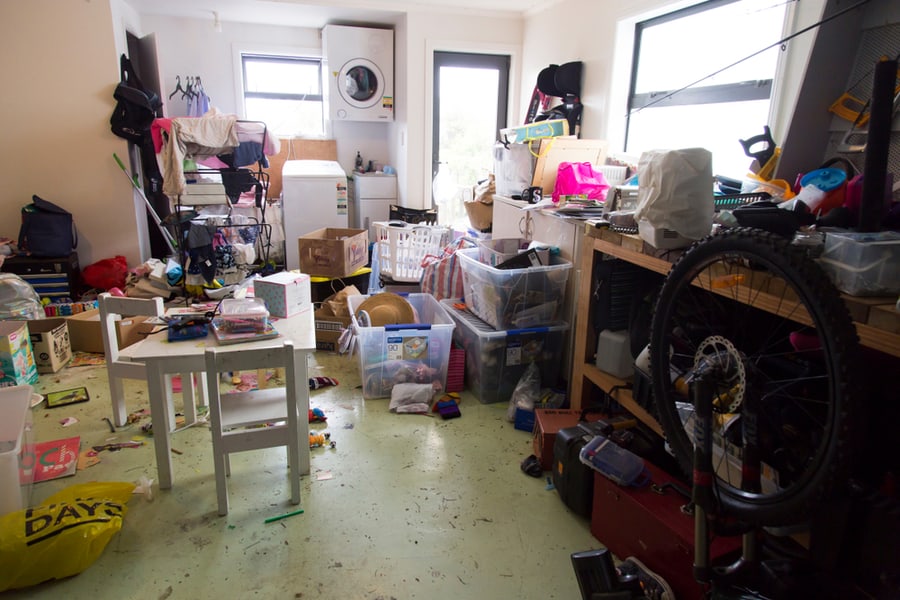
The next step is to declutter your house and remove unnecessary items like empty cartons and tin containers. Clean your shed, garage, and attic, then throw away old, broken-down items you no longer need.
When the extermination process starts, the mice, chased out of their hiding places, will need alternative shelters. Empty containers and clutter provide sufficient shade for these rodents to hide.
So, even if the mice cannot return to their position, they can enter some of these clutters once the exterminator leaves. The last thing you want is a failed extermination.
3. Conduct Repairs Around the House
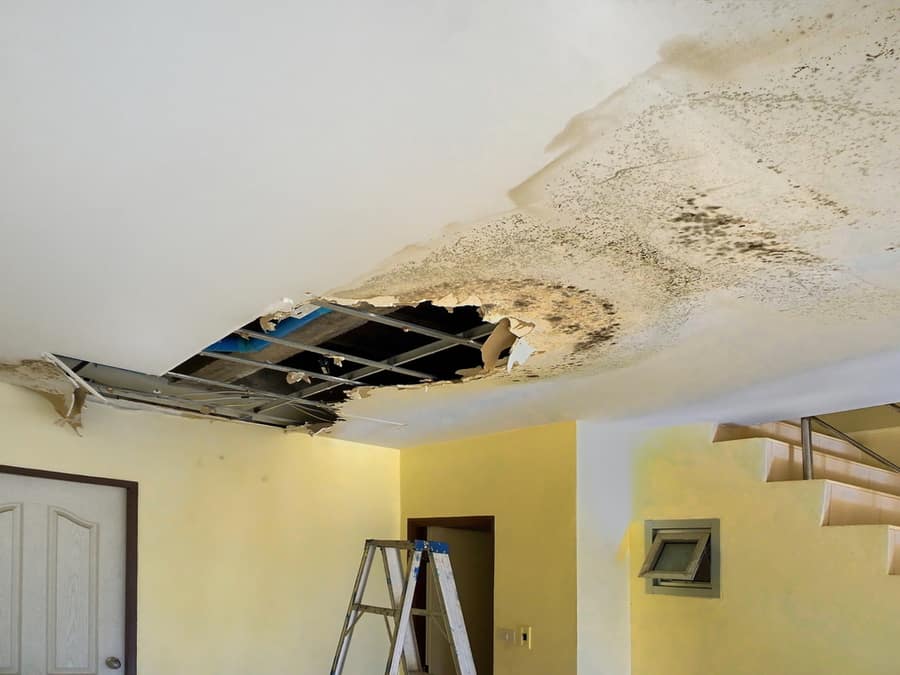
Mice are small enough to squeeze through any hole or crack. So, before the exterminators arrive, inspect your house for openings that may serve as potential entry points. Alternatively, you can mentally note these spots and show them to the exterminators.
Extermination services often involve rodent-proofing the affected building. So, they may help you close up these holes or recommend ways to handle them.
Check also for pipe leaks in and around your house. Some obvious signs of a leak are dripping kitchen sinks, leaking bathroom faucets, or water pooling around the washing machine. These are typically caused by broken plumbing, which creates possible entryways for mice.
Extermination services may not extend to plumbing issues. So, have a plumber come around the house to repair leaks and replace broken pipes before the exterminators arrive.
4. Store Food Properly

Food must be packaged and hidden during extermination and a few weeks afterward. That way, they don’t get contaminated by fleeing rats or chemicals used during the process.
Take all pet food, snacks, and grains somewhere safe, like refrigerators, cabinets, and countertops. Mice can chew through food packaging, and you don’t want to deal with an infestation alongside food contamination.
Mice can contaminate food stored in open containers and light, chewable packaging. If you notice gnaw marks on any food packaging, dispose of them immediately.
5. Clear Out the Kitchen
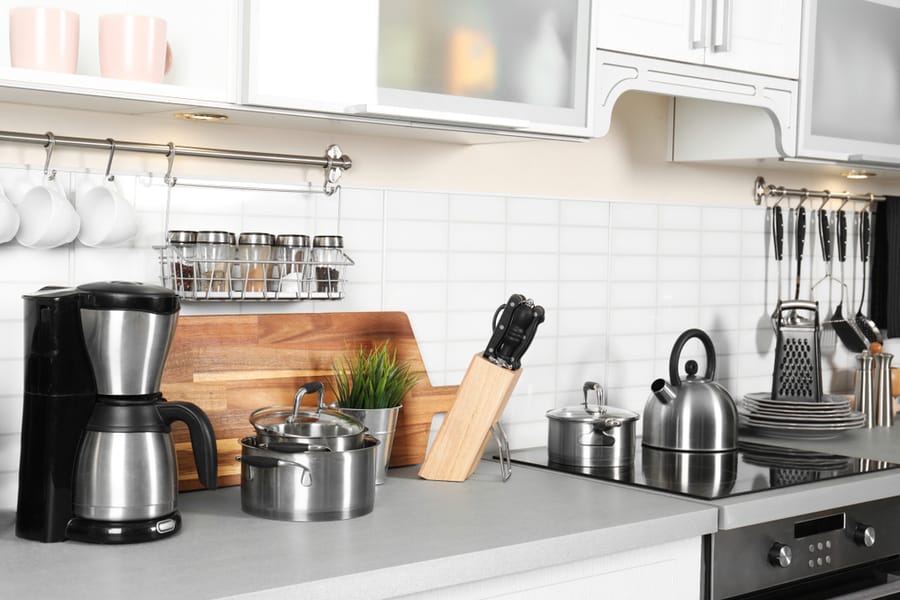
Mice extermination procedures often extend to kitchens, and preparing your kitchen beforehand makes the process easier. In that case, you may want to clear out the countertops, sinks, and refrigerator surfaces.
Relocate utensils like plates and spoons to drawers. If this is impossible, covering them with plastic wraps will suffice. Then, unplug all appliances and move them it a safer area. Pull out appliances close to the wall, like the refrigerator and dishwasher.
This gives the exterminators room to check behind them for signs of mice activity.
6. Move All Furniture to the Center

As with kitchen appliances, you want your furniture away from the wall to give exterminators adequate access. Move heavy living room and bedroom furniture like beds and couches to the center of the room.
Portable wardrobes, bookshelves, and dressers are other furniture pieces that can provide cover for pests. With these backed away from the walls, fleeing mice have nowhere to hide from the exterminator’s tools.
7. Open Confined Spaces

From our previous point, we established that mice love to hide behind heavy furniture. But that is not their only hiding spot, because any dark, secluded area will do.
So, even after moving furniture forward, you may want to open them up for a search. These include drawers, closets, and even doors to unoccupied rooms.
This can help to reduce the time exterminators spend in your house. With all these access points already open, they can easily search them for mice activity. If they find none, they move to the next target area.
This can help you save time during the extermination process significantly.
8. Clean Up Mice Droppings
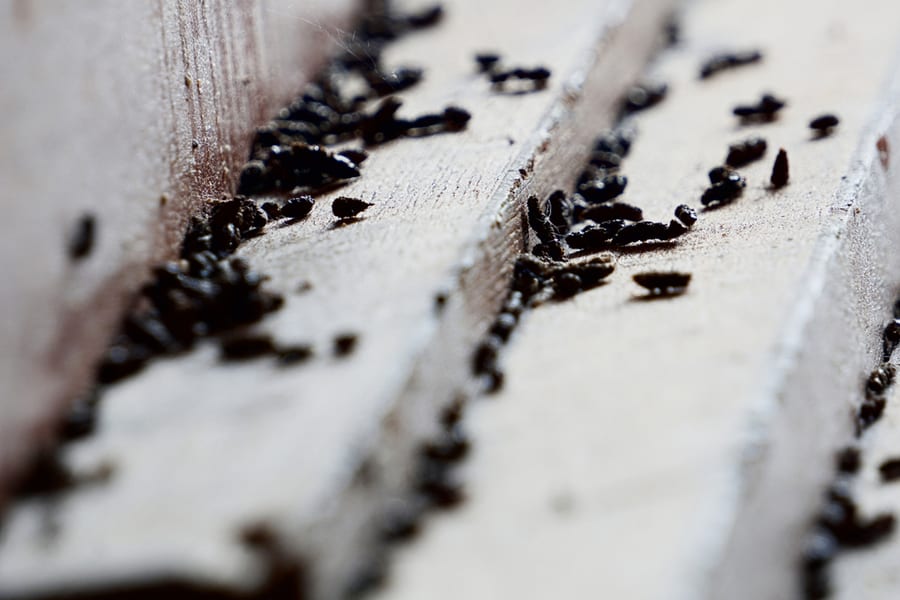
Mice droppings and carcasses can help pinpoint the exact infestation spots. However, this is not something exterminators need to see, but pointing out where you saw mice would also work.
The presence of decaying mice and their drying excreta can place residents at risk. Mice often carry diseases humans can pick up on contact with their wastes.
So, clean up the mess to protect your family and the exterminators from exposure. However, ensure you wear protective equipment like gloves and a mask to avoid inhaling contaminated dust particles.
After this, clean up the area with bleach and wait for exterminators to arrive. When they do, you can point out the spots where you saw mice waste and leave the rest to them.
9. Stay Out of the Way
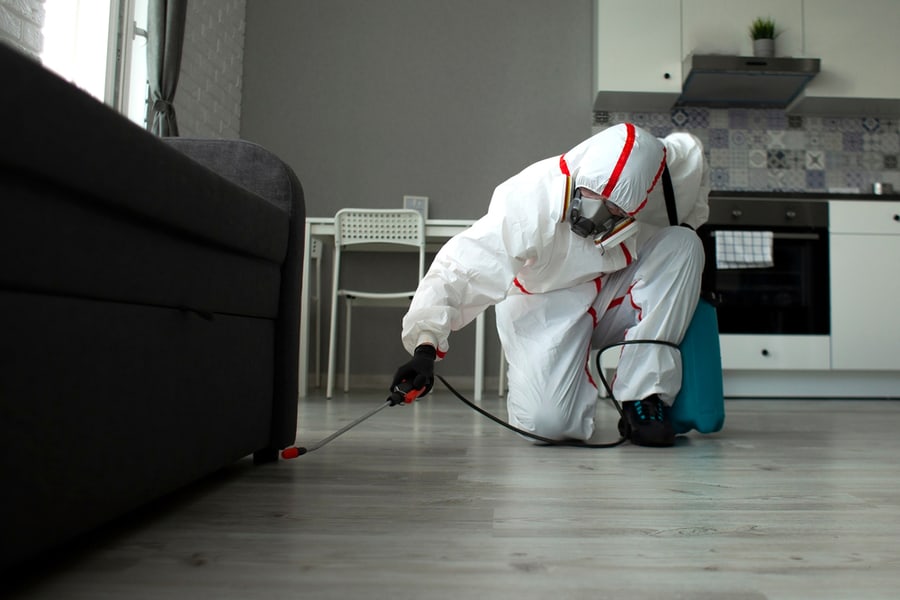
We mean this as respectfully as possible. Don’t hover over the exterminator’s shoulders like a bee. They understand the job clearly ― that is why they are experts.
When we say move out of the way, we mean not just you but everything that may disrupt the work. These include items in the closet where you noticed mice activity, laundry piles, or toys.
This does not mean you should get out of the house during the extermination. Exterminators need someone on the ground to show them around, especially the problem areas.
So, schedule the extermination during your free time so you can let them into the house and its rooms. Walking exterminators through the area and giving them the finest details can guarantee a better service. That way, they will fully understand the extent of the crisis and can make recommendations that will best handle the mice infestation permanently.
However, do not micromanage their work. You can stay away until needed. This will further protect you from their tools and chemicals.
10. Take Kids and Pets Away for a Day-Out

On the idea of taking distractions away, extermination days may present the perfect opportunity to walk the dogs. Take advantage of this time if you have kids and have been wondering when to take them to the park.
Not all chemicals used during extermination are pet-friendly. You may speak with the exterminator about your concerns. But to be safe, you can take your pets away because they can even get aggressive during the extermination.
With children and pets out of the way, exterminators can focus on their work. In the same vein, taking the children and pets away protects them from inhaling harsh chemicals.
Apart from children and pets, other vulnerable persons like the sick and elderly may be at risk. Have them taken away to a safer location to prevent a health emergency.
Also, remove all aquariums to protect your beloved fishes and their habitat from harsh chemicals.
11. Remove Indoor Art, House Plants, and Other Valuable

Like humans, plants and household fixtures can feel the effect of chemicals used during the extermination. Most paintings are done on breathable cloth or canvas, and harsh chemicals can pass through them.
These can alter your paintings and render them worthless. So, take out your live plants, artifacts, and beloved paintings before the exterminators arrive.
Pre-Extermination Preparatory Checklist
We have gone through some basic things you can do to aid an extermination process. But, quickly, let’s run through the highlights again ― to be sure we are on the same page.
- Clear the top of refrigerators and underneath sinks to create enough navigation room for exterminators.
- Store food in appropriate containers and trash contaminated items.
- Exterminators may place mice traps and bait stations strategically around your house. Do not touch these, and keep children and pets away from these traps during the extermination.
- Note areas with mice activity and discuss them with the exterminators to narrow their search areas.
- Board up broken vents and other holes through which mice gain access.
- Remove storage boxes and other compartments where mice may hide to breed.
- If you have used DIY mice extermination strategies, inform the exterminator.
What Comes After a Mice Extermination?
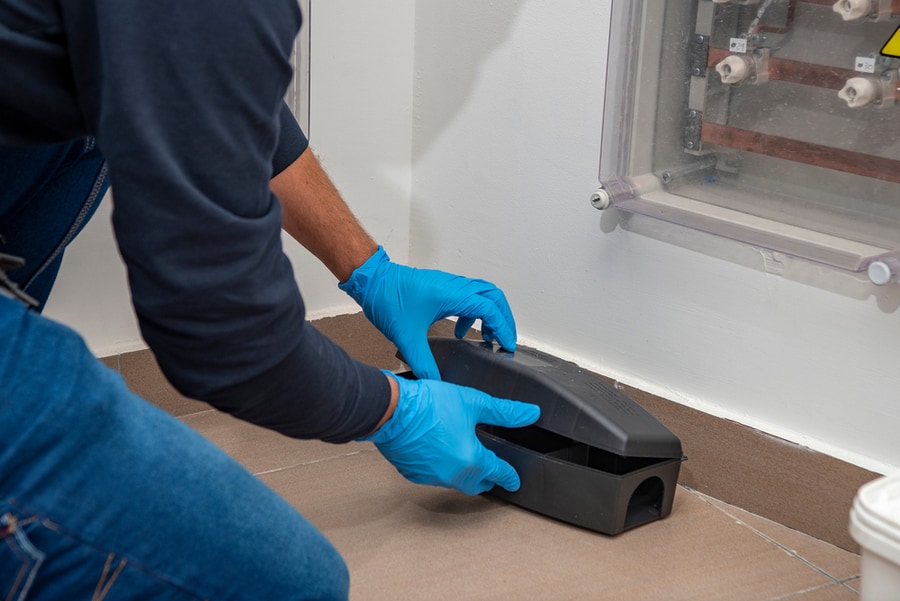
We have covered all you need to do to prepare your home for an exterminator’s visit. But, after that, what next?
Soon after completing the extermination, you may notice increased mice activity around your house. But relax! There is no need to panic when this happens because it is the norm in most cases.
The increased mice activity means that the extermination worked, and the mice have now driven away from their hiding places. You may notice this within the first few days after extermination. Sometimes, it can extend to a week.
Instead, focus on returning furniture and appliances to their original positions. Then, wipe down surfaces with a disinfectant or sanitizer. Clean cupboards and drawers properly before storing anything in them.
Take out all contaminated items like bedding and clothes for thorough cleaning. Gather these using rubber gloves and wash thoroughly in hot water. You can dry them on a line under sunlight to kill all germs.
Alternatively, turn your dryer up beyond 115 degrees and spin the clothing items inside. This will kill any lingering viruses and diseases spread from infected mice.
Use professional steam cleaners for heavy furniture like couches and similar carpets and rugs. Combine it with a disinfectant for a thorough cleaning.
Sometimes, mice may have touched items that are harder or impossible to clean without damage. These include but are not limited to books, relevant documents, and journals. You can take them outside and spread them under sunlight for a day or two.
The ultraviolet rays from the sun will kill off all viruses and diseases living on their surfaces. Wear gloves while handling these items to avoid possible contact with germs. For books with thick covers, wipe with a disinfected cloth.
Overall, avoid cleaning your house immediately after a mice extermination. We understand that you may want to clear out all signs of extermination and return to everyday life. But, this may cause more harm than good and result in wasted efforts.
The reason is that for the first few days, chemicals used during the extermination are still potent. Cleaning can render them ineffective and open your home up for a re-infestation. Instead, wait at least a week for all efforts to take effect before cleaning.
Conclusion
Contacting an exterminator is the first significant step in dealing with a mice infestation problem. But, how you prepare for this extermination can determine how smoothly the process will go.
Effective extermination requires the joint effort of the house owner and pest control experts. While the experts deal with the mice, the homeowner readies the house for extermination. Follow the tips above to prepare for professional extermination effectively.
Frequently Asked Questions
Why Is Professional Mice Extermination Necessary?
DIY procedures are not 100% effective and safe. Professional exterminators know the best and safest techniques to manage the situation appropriately. Plus, the odds of a re-infestation after professional extermination are slim.
Is an Extermination Harmful?
Mice extermination typically harms the target pets. However, the chemicals used may leave a residue that can contaminate household items like dishes, pet bowls, and more. Thus, moving sensitive items out of the way during extermination is often recommended.

